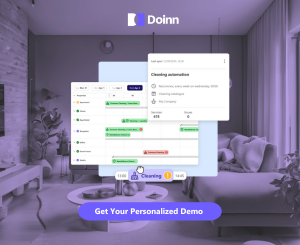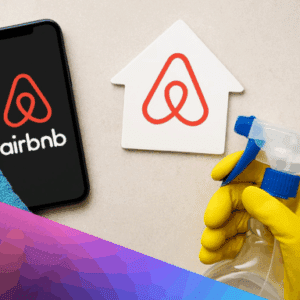In-House vs Outsourced: Property Management Maintenance Services
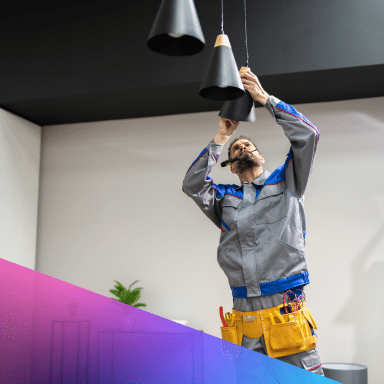
Managing vacation rentals comes with unique challenges. Guests expect a flawless experience, and any maintenance issue can lead to negative reviews. The right approach to property management maintenance services is not just about fixing problems. It is about protecting your profits and building a stellar reputation.
This guide will help you navigate the critical choice between in-house and outsourced maintenance. We will provide a clear comparison of costs, control, and scalability. Our goal is to help you build a strategy that maximizes efficiency for your vacation rental business.
Why Your Maintenance Strategy Directly Impacts Profit
Maintenance is often one of the largest expenses for property managers. Unexpected repairs can quickly turn a profitable month into a loss. A strategic approach to property management maintenance services helps you anticipate costs and manage them effectively.
Every maintenance decision affects guest satisfaction. A quick, professional response to an issue can save a five-star review. A delayed or poor-quality repair can damage your brand. Your strategy is a key part of your guest experience protocol.
Understanding the full financial picture is essential. This means looking beyond the surface to identify hidden costs. These can include administrative time, emergency call-out fees, and the long-term impact of deferred repairs.
In-House Maintenance: Benefits and Challenges
Building your own maintenance team is a significant commitment. It offers a high level of oversight but requires careful management. For vacation rental portfolios, this model has specific benefits and challenges.
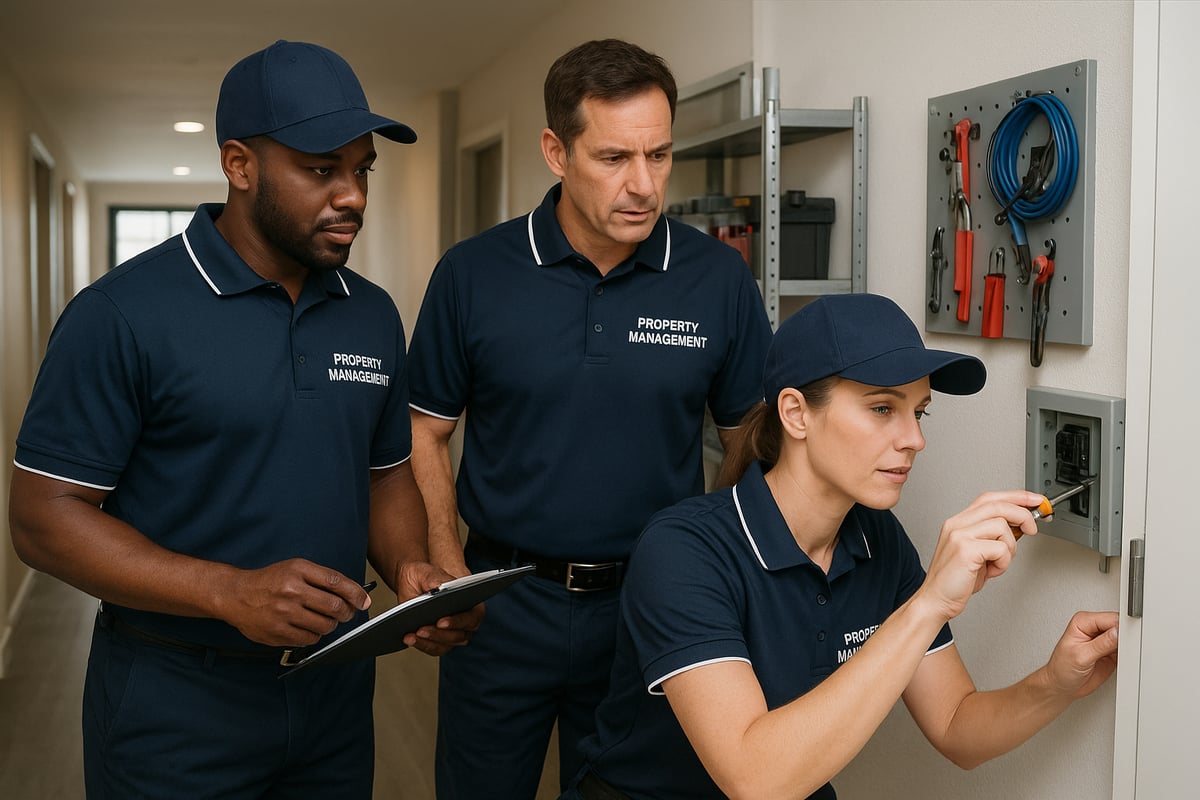
Core Advantages of In-House Teams
Direct control is the greatest advantage. You hire, train, and manage the technicians yourself. This ensures every repair meets your specific standards for quality and presentation.
In-house teams can respond very quickly to urgent issues. A leaking toilet or broken AC unit can be addressed immediately. This rapid response is crucial for preventing guest complaints and preserving positive reviews.
You can build a strong, dedicated company culture. Technicians who feel part of your team often provide more consistent and caring service. They become familiar with the unique aspects of each property they maintain.eliver a personalized experience that stands out in a competitive market.
Key Challenges and Limitations
The most significant challenge is high fixed costs. Salaries, benefits, and training are expenses you pay regardless of how many repairs are needed. This can be difficult to sustain during slower seasons.
Scaling an in-house team can be hard. During peak travel seasons, your team may be stretched thin. If your portfolio grows quickly, recruiting and training new technicians takes valuable time.
Specialized repairs can reveal skill gaps. Your general technician might not be certified for complex HVAC or electrical work. This can lead to needing a subcontractor, adding an unexpected cost.
When In-House Makes Sense
In-house property management maintenance services work best for properties that require frequent or specialized attention. Operators with large, geographically concentrated portfolios benefit most, as economies of scale help offset higher fixed costs.
This approach is ideal for companies that prioritize quality assurance and brand consistency. Urban property managers overseeing 50 or more units often achieve better control and customization, which leads to higher tenant satisfaction and reduced turnover.
- High-frequency maintenance properties
- Large, clustered portfolios
- Quality and brand-focused operators
Ultimately, in-house solutions are recommended when control and customization take precedence over pure cost savings. When property management maintenance services must meet specific standards, the tailored approach of an in-house team delivers measurable results and a stronger competitive edge.
Outsourced Maintenance: Advantages and Drawbacks
Partnering with specialized vendors offers a different set of advantages. This approach provides access to a wide range of skills without the burden of direct employment. For many vacation rental managers, it is a path to greater flexibility.
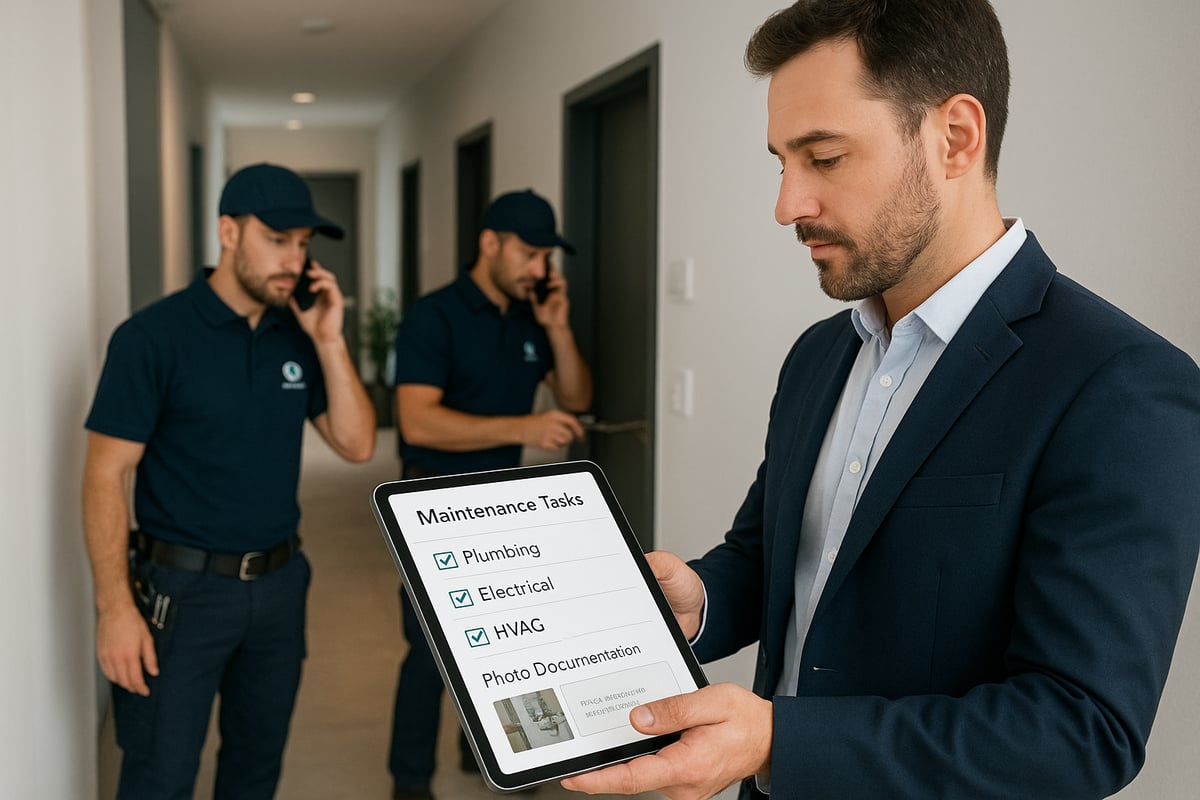
Benefits of Outsourcing Maintenance
You gain immediate access to a network of certified experts. Whether it’s a pool pump, smart lock, or appliance, you can find a specialist quickly. This ensures repairs are done correctly the first time.
Outsourcing converts fixed labor costs into variable ones. You pay for services only when you need them. This model aligns your maintenance expenses directly with your occupancy and revenue.
It significantly reduces your administrative load. You are not managing payroll, benefits, or training for technicians. This frees up your time to focus on guest communication and business growth.
Common Drawbacks and Risks
The primary concern is a potential loss of direct oversight. You rely on the vendor’s processes and quality standards. Communication delays can sometimes slow down issue resolution.
Cost predictability can be a challenge. While you avoid fixed salaries, some vendors charge premium rates for emergencies or weekends. It is vital to understand the full pricing structure before signing a contract.
Service quality can vary between different vendors. If a technician is not familiar with your specific expectations, the result may not meet your standards. This can lead to call-backs and guest dissatisfaction.
When Outsourcing is Optimal
Outsourcing is excellent for managers with a dispersed portfolio. It eliminates long travel times for your team and allows for local, rapid response in each market.
It is the best solution for specialized or infrequent repairs. Tasks like elevator servicing, hot tub maintenance, or roof repairs often require certified professionals.
This model is also ideal for rapidly growing companies. It allows you to scale your maintenance capacity up or down without the delays of hiring and training.
| Scenario | Outsourcing Advantage |
|---|---|
| Small/dispersed portfolios | Reduces travel and staffing |
| Need for specialized repairs | Access to certified experts |
| Limited HR or rapid expansion | Quick onboarding |
| Short-term rental or multi-city units | Scalable vendor networks |
Ultimately, outsourcing property management maintenance services is the smart move when cost predictability, operational flexibility, and access to a wide skill set outweigh the need for direct control or brand-specific protocols.
Cost Analysis: In-House vs Outsourced Maintenance
Understanding the true cost of property management maintenance services requires a thorough analysis. You must look beyond the invoice or the paycheck to see the full financial picture.

Direct and Indirect Cost Breakdown
In-house teams involve clear direct costs like salaries and benefits. The indirect costs are also significant. These include time spent on scheduling, managing supplies, and training.
Outsourcing has direct costs per service call or task. The hidden costs can include vendor management time and markups for parts. There is also the potential cost of guest recovery if a repair is delayed.
Consider this simplified comparison:
| Cost Component | In-House Team | Outsourced Vendor |
|---|---|---|
| Labor Cost | Fixed salary & benefits | Variable per-task rate |
| Management | Internal time spent scheduling | Time spent coordinating vendors |
| Specialist Work | May require a costly subcontractor | Included in vendor’s network |
| Parts & Equipment | Manager purchases and manages | Often included with a markup |
Impact on Long-Term Profitability
Proactive maintenance is a profit-saving strategy. A well-maintained property has fewer emergency issues. This leads to happier guests and longer-lasting assets.
The cost of a negative review can be high. A single bad review due to a maintenance issue can deter future bookings. Investing in reliable property management maintenance services protects your revenue stream.
Deferred repairs always become more expensive. A small leak can lead to major water damage. A consistent maintenance program, whether in-house or outsourced, prevents small problems from becoming budget-breaking emergencies.
Budgeting and Forecasting for 2026
Looking ahead to 2026, property management maintenance services must account for inflation, labor market shifts, and the adoption of new technologies. Flexible budgeting is crucial as economic conditions remain unpredictable. Automation and AI are expected to drive cost efficiencies, but contract negotiation strategies will play a key role in managing vendor relationships.
Adopting tools that integrate seamlessly with property management systems supports clearer forecasting and better cost tracking. For those seeking a comprehensive approach, exploring a tool stack for vacation rental business can offer additional insights into optimizing operations and budgeting.
Ultimately, success depends on finding a balance between control, cost predictability, and the ability to scale as the industry evolves.
Control, Quality, and Accountability
Your ability to oversee work and ensure quality defines the guest experience. Both in-house and outsourced models have mechanisms for this, but they operate differently. The right technology can bridge the gap, providing control even when using external vendors.
Oversight and Service Consistency
With an in-house team, you have direct, real-time oversight. You can implement checklists and standards that technicians follow for every task. This hands-on approach helps maintain a consistent guest experience.
With outsourced teams, consistency is managed through clear contracts and technology. A platform like Doinn provides a structured workflow that all parties follow. This ensures that every maintenance request, whether handled in-house or by a vendor, goes through the same standardized process.
This eliminates the variability that can occur with different vendors. Everyone operates on the same system, which enforces your company’s protocols and maintains service consistency across your entire portfolio.
Quality Assurance and Issue Resolution
Quality starts with clear communication and accurate reporting. A software solution enhances this by moving beyond simple task assignments. It allows for detailed issue reporting directly from the source.
For instance, Doinn enables your cleaners—the first to see a problem after a guest checks out to report issues with photos and notes. This creates a clear, visual record that prevents miscommunication. Managers receive all the context they need to approve the right fix from the start.
This process significantly improves first-time fix rates. Technicians arrive with the correct parts and a full understanding of the problem. This efficiency is crucial for turning over vacation rentals quickly and maintaining high-quality standards.
Accountability and Transparency
In an in-house model, accountability is built into your management structure. A maintenance platform strengthens this by providing an immutable audit trail. Every task, update, and communication is logged and time-stamped.
With vendors, accountability is contractually defined. Doinn supports this by allowing you to attach budget options to maintenance tasks for owner approval. This creates total transparency with property owners and streamlines the accounting process.
Everyone involved knows their responsibilities and can see the status of every task. This clear framework builds trust with both your technicians and your property owners. It ensures that nothing is missed and every action is documented.
Leveraging Technology for Smarter Maintenance
Modern software solutions are transforming property management maintenance services. They bring efficiency, clarity, and control to both in-house and outsourced operations. A platform designed for vacation rentals addresses the unique challenges of this industry.
Automation and AI Integration
Maintenance software automates the entire workflow from report to resolution. It can assign tasks, send reminders, and track progress without manual input. This reduces the chance of an issue being overlooked between guest stays.
Tasks can be prioritized and even split into sub-tasks for different team members or vendors. This level of organization prevents errors and ensures a coordinated effort to get a property guest-ready.
In fact, the newest AI Doinn feature relies on cleaners and technician sending photos or voicenotes and the system automatically creates an issue ticket for the coordinator to assign and resolve. Going from a manual process to a complete full cyrcle of leveraging technology and AI!
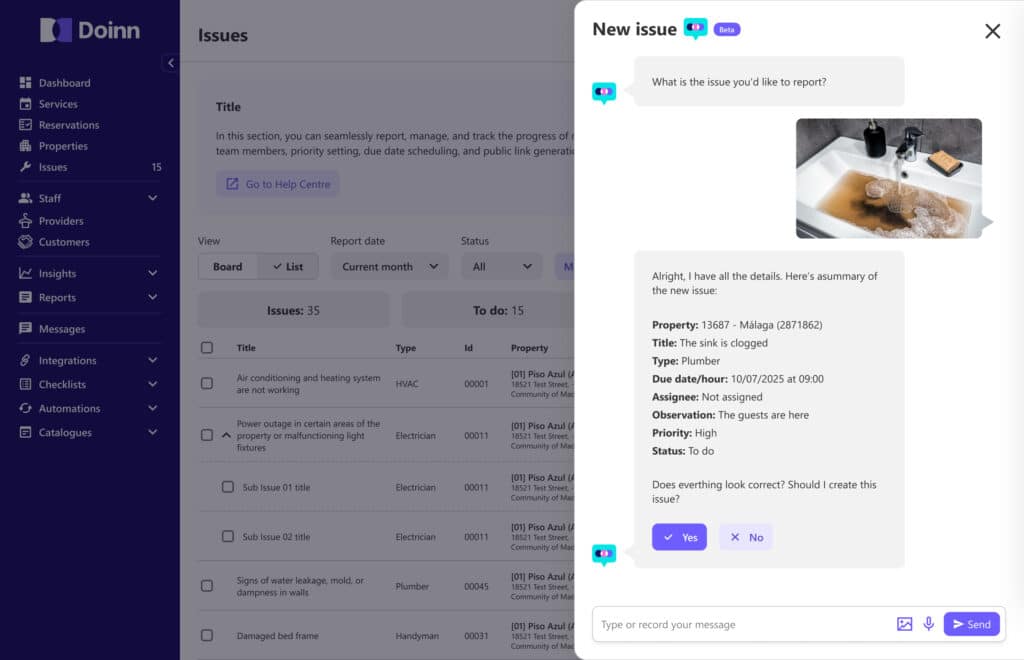
Mobile Tools and Real-Time Communication
Mobile apps, like Doinn allow cleaners and technicians to receive work orders anywhere. They can update job statuses, upload completion photos, and communicate with managers in real time. This keeps everyone connected and informed.
For vacation rentals, this real-time visibility is invaluable. A manager can confirm a repair is completed and see visual proof before the next guest checks in. This ensures a seamless experience and protects your perfect five-star record.
This mobile-first approach centralizes all communication. It eliminates scattered text messages and emails, keeping every detail related to a task in one place. This is essential for accountability and efficient resolution.
Doinn: Streamlining In-House and Outsourced Maintenance Operations
A specialized software solution like Doinn is designed to support the specific needs of vacation rental property management maintenance services. It provides the control of an in-house team with the flexibility of a vendor network.
Doinn’s model starts with accurate reporting from your cleaners. This foundational step prevents the errors that can occur with fully automated, guest-driven systems. By giving admins full visibility with photos, notes, and budget options, it puts you in control of every decision.
The platform seamlessly integrates with your Property Management System (PMS). This creates a single source of truth for your operations. The result is a dramatic improvement in daily efficiency and significant cost savings, making your property management maintenance services more profitable and reliable.
Scalability and Preparing for the Future
The vacation rental market is dynamic. Your maintenance strategy must be flexible enough to grow and change with the industry.
Adapting to Portfolio Growth
An in-house team can struggle with rapid expansion. Hiring and training quality technicians takes time. This can create a bottleneck that limits your ability to take on new properties.
Outsourced networks are inherently scalable. You can access a pool of pre-vetted technicians in new markets almost instantly. This allows you to grow your portfolio without being held back by operational constraints.
Flexibility During Market Fluctuations
Vacation rentals have seasonal peaks and valleys. An in-house team represents a fixed cost during slow seasons when maintenance demand is lower. This can strain your budget.
Outsourcing provides natural flexibility. Your maintenance spending naturally aligns with your occupancy levels. You pay for more repairs during busy periods and fewer during quieter times.
Conclusion: Building Your Optimal Maintenance Strategy
The choice between in-house and outsourced property management maintenance services is not one-size-fits-all. The best approach depends on the size, location, and goals of your vacation rental portfolio. A hybrid model often provides the ideal balance, using an in-house team for common tasks and vendors for specialized work.
The key to profitability is eliminating hidden costs. This requires a clear view of all expenses, from administrative time to emergency markups. Technology is your greatest ally in this effort, providing the data and automation needed for smart decision-making.
Your maintenance strategy is a direct investment in your reputation and your bottom line. By choosing the right model and tools, you can ensure your properties are always guest-ready. This builds the trust that leads to repeat bookings and long-term success.
Your Next Steps as a Property Manager
Schedule a Demo. See how a platform designed for vacation rentals can streamline your operations. [Book a demo today] to discover how you can reduce hidden costs and improve guest satisfaction.







